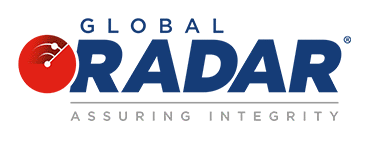Fentanyl appears to have become the drug of choice in the ongoing
the global opioid crisis and its effects have been devastating on the youth of the
world, but more specifically the United States has given recent developments.
Mexican drug cartels have found ways to sneak these lethal drugs through
the southern border of the U.S. and have targeted American citizens with
more cash freely available to spend than many of their international
counterparts – especially with the surge in COVID relief funds issued to
qualifying citizens over the past year. Yet the true wonder is how criminal
organizations have managed to move mass quantities of these narcotics
despite increasing restrictions on travel due to the pandemic. Recent
reports indicate that they may have had help from fentanyl-makers and
money launderers on the eastern hemisphere.
What is fentanyl?
Pharmaceutical fentanyl is a synthetic opioid, approved for treating severe
pain and for hospice care for individuals with serious medical conditions
(i.e. advanced cancer-related symptoms). It is estimated to be 50 to 100
times more potent than the more widely used opiate morphine. It is often
prescribed in the form of transdermal patches or lozenges that have
historically been diverted for illicit sales and abuse. Most cases of fentanyl-
related harm, including overdose and death, are from illegally made
fentanyl versus their medical derivative, however. These concoctions are
sold by drug dealers and are believed to have a heroin-esque effect on their
users.
China-Mexico Connection
Authorities have been aware of the partnership between the Chinese and
Mexican cartels for several years now. Many of the chemicals manufactured
in China and bought by Mexico’s notorious drug cartels in transactions
facilitated by a global network of Chinese criminal groups are fueling the
fentanyl crisis, which has contributed to the death of tens of thousands of
American citizens alone (the U.S. death toll tied to fentanyl in 2020 is
estimated at a record 90,000).3 In 2019, the Trump Administration and the
U.S. Drug Enforcement Administration (DEA) sought to disrupt operations
of this variety by pressuring China into banning fentanyl, with the country
following suit with a major crackdown that saw an uptick in regulation on
Regulators Keep Busy as 2024 Draws to Close
While the end of the calendar year generally translates to slowed production across

